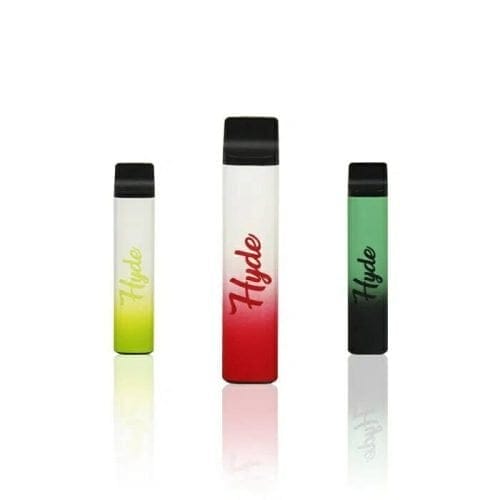

For example, the makers of Puff Bar, which the FDA ordered to stop selling their flavored, tobacco-derived e-cigarette products in July 2020, returned to the market months later claiming to use synthetic nicotine. Taking advantage of FDA’s hesitance, many e-cigarette makers that used tobacco-derived nicotine switched to synthetic nicotine to avoid regulatory oversight.

While this was not accurate, the FDA was slow to determine how it would regulate these products. When products containing synthetic nicotine first came onto the market, some companies claimed that they did not have to be regulated by the Food and Drug Administration (FDA). Many disposable e-cigarette manufacturers also began using synthetic nicotine – nicotine created in a laboratory and not derived from tobacco – to exploit another regulatory loophole that has allowed sweet and fruity flavored products to proliferate.


 0 kommentar(er)
0 kommentar(er)
